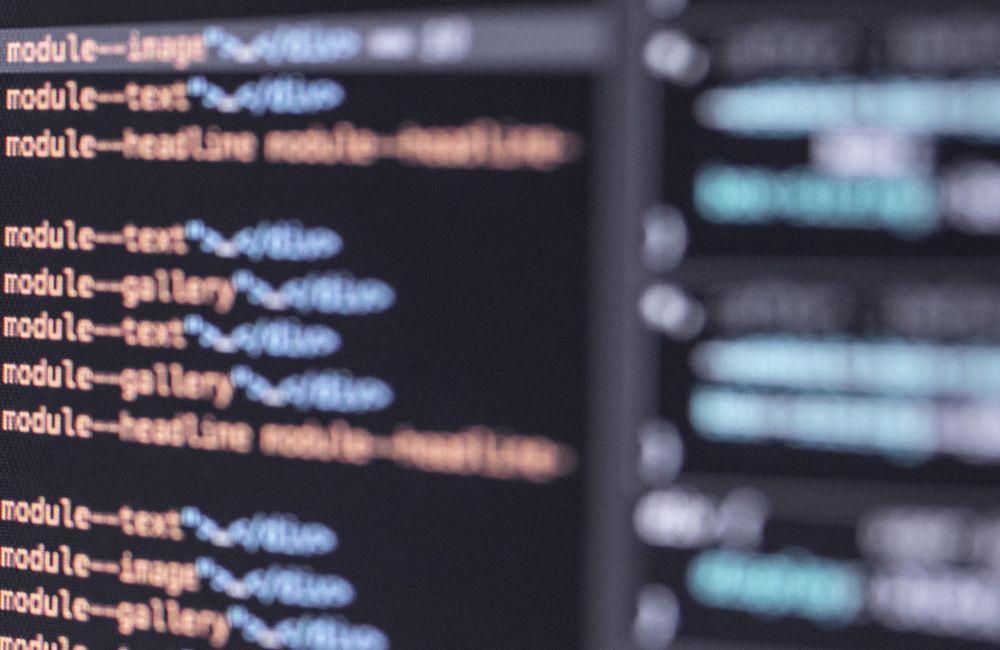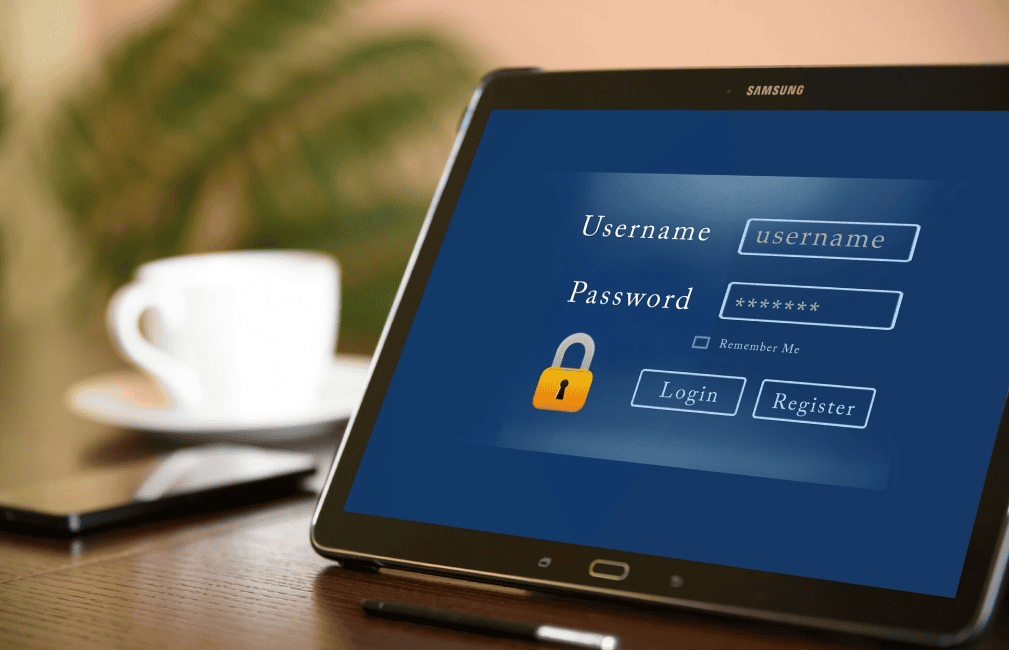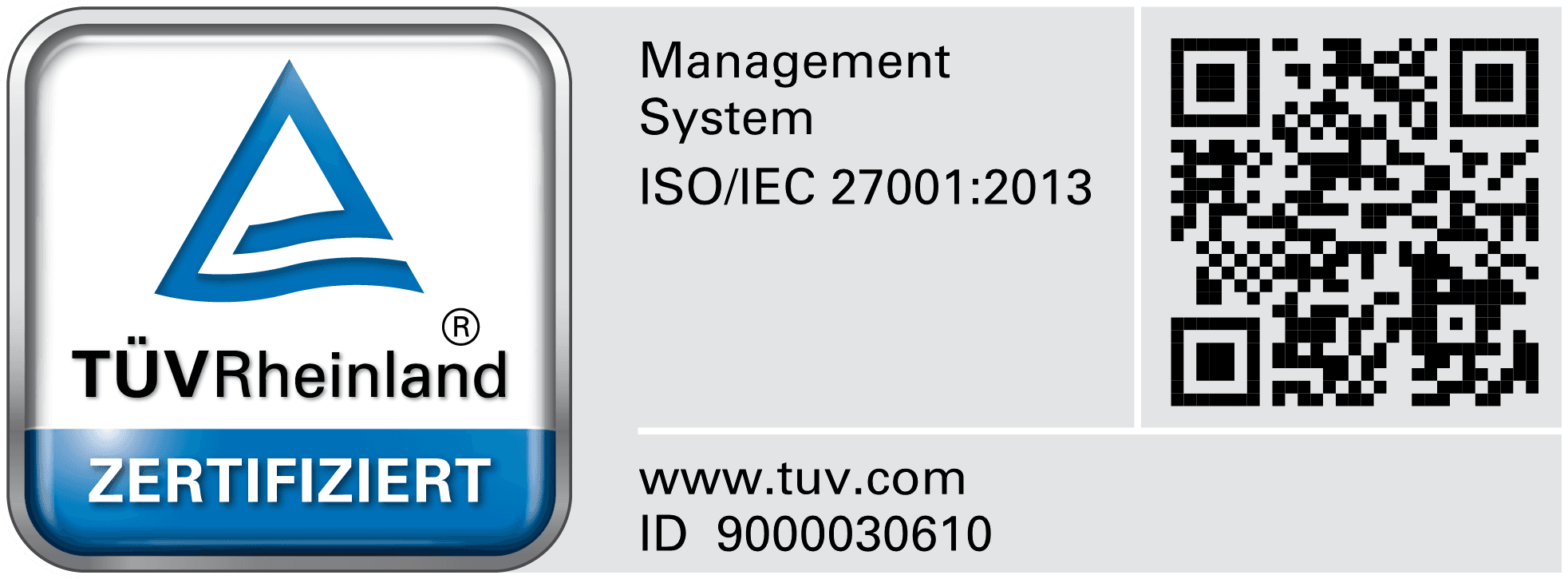[Blog post]
Passwordless authentication as a security measure
Say goodbye to passwords: the future of secure login with passwordless authentication
27. January 2023


Are you tired of remembering multiple passwords and constantly resetting them? Passwordless authentication is revolutionizing the way we log in to our accounts, providing secure and convenient alternatives to traditional passwords. In this article, you'll learn more about the benefits of passwordless authentication and how it's changing our understanding of security.
The use of digital resources is indispensable in the professional environment, with business processes and applications sometimes being entirely and exclusively digital. However, with the increase in online activities, the attack surface and the number of cyberattacks and data breaches are also rising. One of the most common ways for hackers to gain access to sensitive information is by exploiting passwords.
Traditional login procedures, where users only need to remember and enter a single password, have several vulnerabilities. One of the main risks is the potential for phishing attacks, where hackers send fake emails or messages that appear legitimate, prompting employees to enter their login credentials. This can result in not only the user's login information being compromised but also sensitive personal or financial data falling into the hands of attackers.
Another issue with traditional login methods is that it's all too easy and convenient for employees to choose weak and easily guessable passwords. Studies have shown that a significant percentage of people use the same password for multiple accounts or opt for easily guessable combinations like "123456" or "password." This makes it even easier for attackers to gain access to sensitive information.
The Evolution of Passwordless Authentication
To secure logins, Multi-Factor Authentication (MFA) is used, an authentication method that requires the use of two or more types of authentication factors to verify a user's identity. These factors can be something the user knows (e.g., a password), something the user has (e.g., a security key or a phone), and something the user is (e.g., a fingerprint or facial recognition).
The goal of MFA is to enhance security by demanding multiple forms of verification before granting access to an account or system. For instance, a user might be prompted to enter a password and then confirm their identity through a fingerprint or receive and enter a one-time passcode sent to their phone.
MFA is considered more secure than simple password-based authentication, which relies on just one form of verification, such as a password. It makes it harder for an attacker to access an account even if they manage to obtain a user's password, as they would still need to pass another form of authentication.
However, methods of Multi-Factor Authentication vary significantly in their security, as some methods still rely on passwords and shared secrets, while others enable passwordless authentication. Preferred are methods that offer much more security than using a single static password. For unequivocal determination of the user's identity, multiple factors are used. For example, the "Knowledge" factor (password or PIN) is supplemented with the "Possession" factor (smartphone, smart card, or authentication token). The factors of "Inherence" (biometrics) or "Behavior" also play an increasingly important role.
The development is moving towards completely passwordless authentication, which is only achieved when there are no passwords or PINs stored in the backend as well. Solutions based on public-key encryption methods are used for this purpose, often replacing passwords with secure cryptographic asymmetric key pairs. With such methods, hacker attacks are only conceivable on individual persons and devices, not on an entire database with numerous login credentials. Possibilities here include biometric data, FIDO2 devices, and other strong authentication methods that don't rely on traditional passwords.
Conclusion
Multi-Factor Authentication is an essential part of a holistic security concept within a company. However, not all MFAs are equal—a modern passwordless MFA using biometric data and device-specific private keys following the FIDO standard provides stronger and more usable authentication than traditional MFA solutions, while also minimizing the attack surface of companies.
Adding to this is the current global trend towards more remote work, offering increasing market opportunities for passwordless solutions. As a culture of mobile work takes root in many companies in the long term, it's more important than ever to provide employees with the means and resources to navigate the internet securely—both in their personal lives and in their home offices.
Ähnliche Artikel

Federal government pushes zero-trust architecture
In response to the increasingly critical cybersecurity situation, the Department of the Interior advocates a gradual evolution toward zero-trust architecture

Password manager vs. single sign-on: finding the right solution
The advantages and disadvantages of the two tools in terms of secure login processes and user-friendliness.

SaaS Leader Award 2023
Bare.ID GmbH receives recognition at the SaaS Leader Summit 2023 in the category of IT Management & Governance

Get in touch
Request a non-binding consultation now and discover how Bare.ID can be integrated into your IT environment.
Software comparison
Contractual & Compliance
About Bare.ID
Newsletter
Sign up for our newsletter to stay updated.
I agree to receive further information and news from Bare.ID. For more information, please see our Privacy Policy.
Bare.ID represents user-friendly Identity & Access Management in the cloud. With Bare.ID, digital business processes and applications can be connected to a local user directory, benefiting from centralized security and Single Sign-On. Whether On-Premise, Hybrid, or Cloud, Bare.ID offers a multitude of pre-configured integrations. 100% security, Made in Germany.
Bare.ID's offerings are exclusively intended for business customers in accordance with §14 BGB. All prices are to be understood as net prices, plus applicable VAT at the time of billing.
Bare.ID is a product and registered trademark of Bare.ID GmbH - an AOE Group company © 2025 - All rights reserved.
